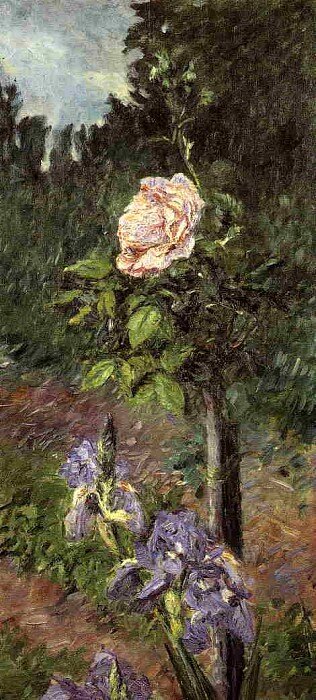Continuing the blog post series prompted by COVID-19….
I try to put something new into every day…something that is not just routine…that stretches me in some way. It’s the best way I know to put a positive spin on being at home virtually all the time during the pandemic….and trying to stay resilient to the wave after wave of negative news. I am appalled by the racist behavior exhibited by police (and other parts of our government). All Americans need to take as stand against racism – particularly when it is in institutions that every American should be able to trust.
The New Normal - Relationships
Being at home for months changes relationships to other people.
There are no interactions with people like I had through my volunteer activities – leading hikes for school field trips at Howard County Conservancy, introducing visitors to the Touch Tank animals at Robinson Nature Center, and maintaining containment/assisting people that came to the Brookside Gardens Wings of Fancy exhibit. I enjoyed my conversation with fellow volunteers as well. Similar conversations happened when we attended birding festivals too. There is no replacement for those short duration, stimulating interactions. The partial substitute I’ve nurtured is watching a variety of videos of wide ranging topics (astrobiology, birding, zoo, Coursera lectures to name a few, and a virtual Cape May Spring Festival). The reason videos are only a substitute rather than a replacement is the one-way nature of watching a video; there is no interaction or relationship --- even if you are learning something new from watching the video.
Then there are the synchronous but virtual forms of relationships that allow real-time communications; phone calls and Zoom sessions are two examples. These are OK and they probably allow maintenance of long-standing relationships…but they aren’t the same as being in the same place and face to face. They are often more planned, not as frequent, and can be awkward.
The only face to face relationship maintained through the pandemic is with my husband. It’s a good thing we get along well! We have shared some projects, but we also have activities we enjoy on our own and our house is big enough for us to be ‘alone but not too alone.’
So – what is the new normal when it comes to relationships? It’s a work in progress. I am not keen on Zoom meetings. I do enjoy the more frequent phone conversations with family members. My husband, and I are probably doing more shared projects around the house than we did previously. I’ll be thrilled when we get a vaccine for COVID-19 and I can get back to my volunteer gigs. Travelling is something that we can look forward to as well.
Unique activities for yesterday:
SongSleuth app. Every morning that I sit outside, I realize I am hearing birds that I don’t recognize. When I came indoors today, I looked for an app that might help me identify more of the birds in our forest that don’t come to the feeder where we can easily see them. I opted to try SongSleuth. I’ve done a ‘test’ with a Carolina Wren (in the forest…and I knew what it was) to learn how to record something…select the clip…and then see what the app tells me. The app identified the bird! I’ll take my phone out with me tomorrow morning to see how well it works identifying birds whose songs I don’t know. By the time I go out in the field with the app…I need to be well versed in its use!
Gustave Caillebotte slide show. Internet archive has 258 images by this French painter. He was also a patron of the arts, particularly the Impressionists. The slide show has a brief biography under the panel that displays the paintings. I enjoyed the gardens and botanical images the most but his choice of subjects and perspective (buildings and city scenes, people on balconies…rowing….refinished a wood floor) were interesting too.































